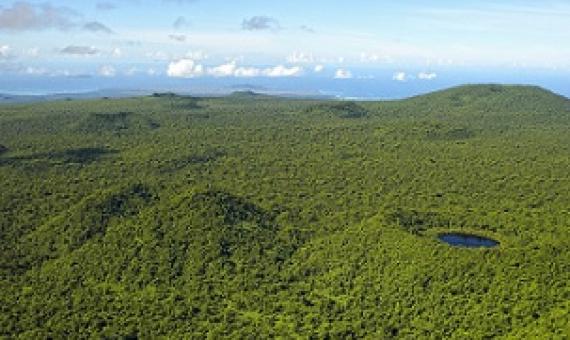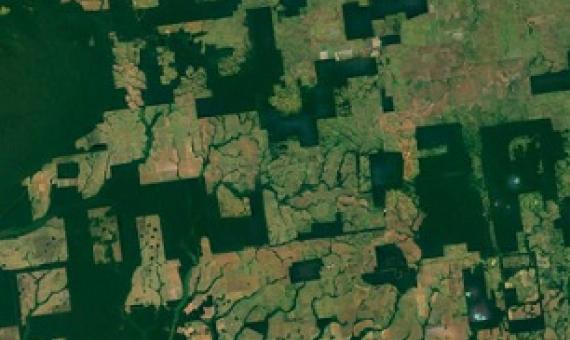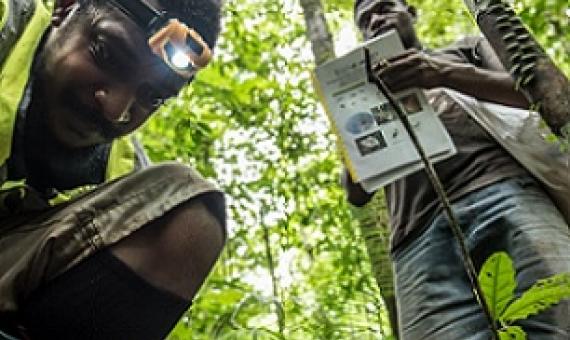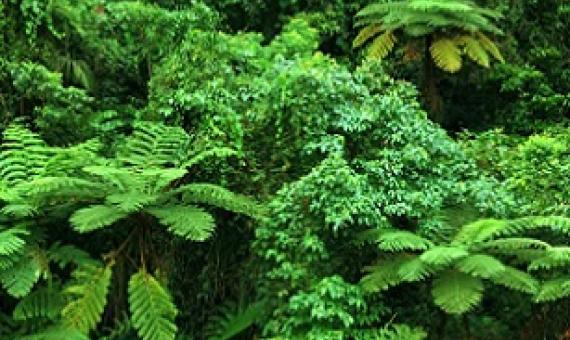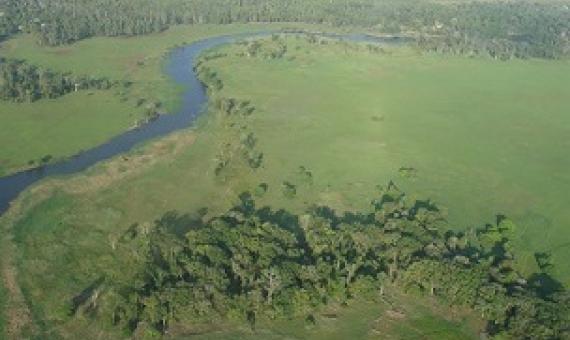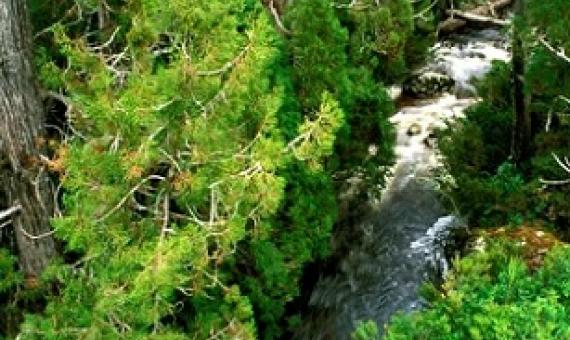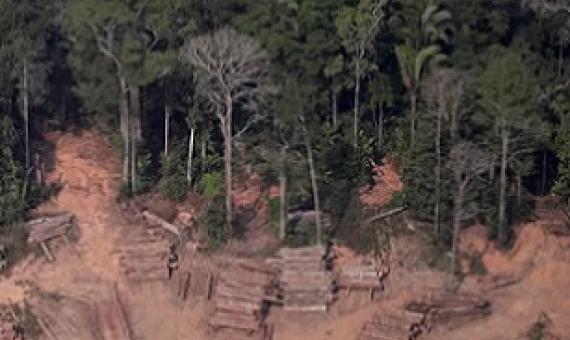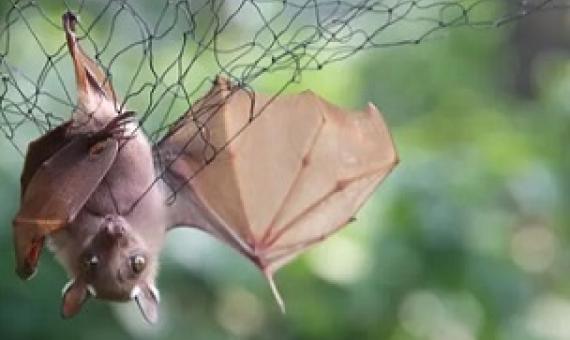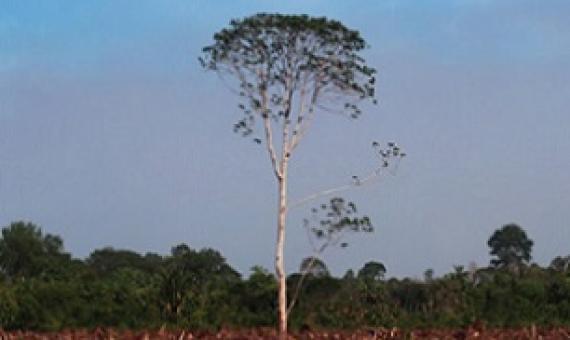The moisture-laden cloud forest of Savai’i is potentially a heritage site for Samoa, says the head of the Ministry of Environment and Natural Resources. The Ministry’s C.E.O.
Conservation biologist Tom Lovejoy died on Christmas day, 2021 at the age of 80. Through his innovative ideas, leadership, and advocacy, Lovejoy leaves an enduring legacy to the field of conservation, writes Jeremy Hance.
Papua New Guinea — a country that makes up the eastern half of the island of New Guinea — is home to one of the world’s largest and most biodiverse rainforests, but mining and timber companies are taking a terrible toll.
The Wet Tropics of Australia — rainforest stretching 450 kilometres along Queensland’s coastline — is renowned for its vast array of wildlife and ancient plant species. It’s little wonder the rainforest is recognised as a UNESCO World Heritage Site, one of 20 in Australia.
Thinking globally and acting Locally. PNG is playing its part to save the planet. We have what is recognised as one of the most significant areas of intact tropical rain forests in the world, and often referred to as the 'lung' of Asia and the Pacific.
Tropical mammal functional diversity increases with productivity but decreases with anthropogenic disturbance
Avariety of factors can affect the biodiversity of tropicalmammal communities,
but their relative importance and directionality remain uncertain. Previous
global investigations of mammal functional diversity have relied on range
maps instead of observational data to determine community composition. We
test the effects of species pools, habitat heterogeneity, primary productivity
and human disturbance on the functional diversity (dispersion and richness)
of mammal communities using the largest standardized tropical forest camera
Leading scientists working across Australia and Antarctica have described 19 ecosystems that are collapsing due to the impact of humans and warned urgent action is required to prevent their complete loss.
Rainforests are disappearing at alarming rates. Since the 1960s, nearly half of the world’s rainforests have been destroyed. What once covered 14% of the earth, now covers only 6%. Every day, the world loses about 81,000 hectares (200,000 acres) of rainforests.
How do you predict where a deadly tropical disease such as Ebola, possibly the most virulent in the world, will appear next?
A new report released by Friends of the Earth says that the “big three” asset managers — BlackRock, Vanguard and State Street — are enabling destruction of the world’s rainforests.

